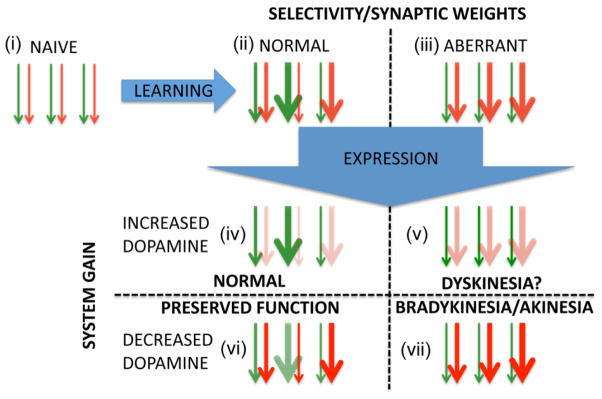Fig 3. Schematic mapping corticostriatal plasticity onto integrated selective gain framework.
Arrows represent corticostriatal synapses with green and red representing direct/facilitatory and indirect/inhibitory pathways, respectively. Synaptic weight is represented by the thickness of the line. Learning: (top portion of panel): (i) shows undifferentiated weights prior to learning. Subsequent to normal learning (ii) weights are variously adjusted reflecting the facilitation and inhibition of different responses. In aberrant learning (iii), inhibitory weights in the indirect pathway are inappropriately increased while direct pathway weights are not. System gain: (bottom portion of panel): increase or decrease in throughput of direct/indirect pathways are denoted by the intensity of color. (iv) under normal conditions, an increase in dopamine is synergistic with weights facilitating selection of previously reinforced/strengthened responses. (v) Increased dopamine under conditions of aberrant learning are hypothesized to result in favoring direct over indirect pathway activity (diminishing inhibitory throughput); however, the weights inappropriately favor inhibitory activity. The behavioral output under these circumstances is unknown, but speculatively could contribute to dyskinesia. (vi) Under conditions of diminished dopamine but normal learning, the inhibitory pathway is inappropriately enhanced but the weights still favor appropriate actions. The behavioral output here, also, is unknown but we hypothesize that normal function may be preserved initially by the established synaptic weights. (vii) when dopamine is diminished under conditions of aberrant learning, both synaptic weights and the system gain favor the inhibitory pathway, resulting in impaired corticostriatal output and behavioral deficits.

